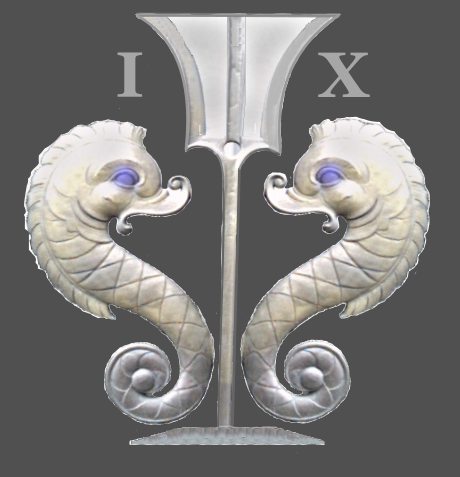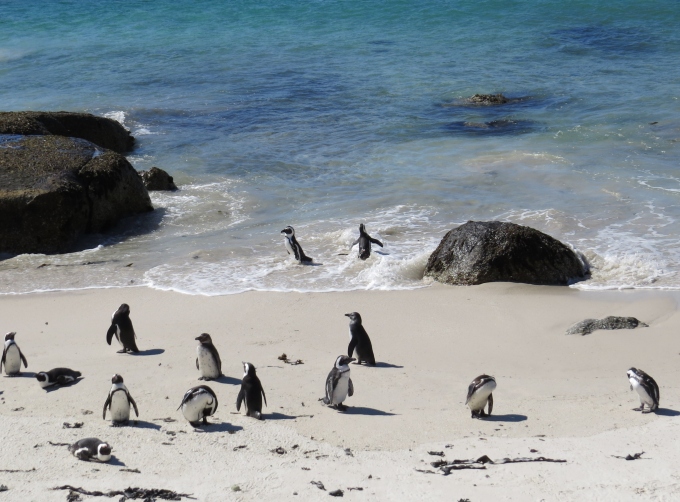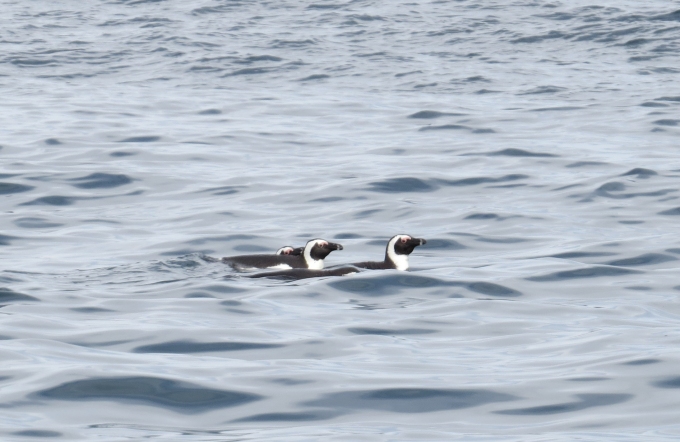Penguins, not Bunnies
/Boulders Beach, Simon's Town, South Africa
Easter Monday and it's African penguins, not bunnies, that are the sight to see along the Simon's Town beaches. We walked to Seaforth Beach and then to Boulders Beach, only a mile or so from the marina, for great views of these cute little critters as they carry on their penguin lives without a care for the onlookers that flock to see and photograph them. By the way, they're also known as jackass penguins because of their bray-like call.
The Boulders Beach penguin colony began back in 1984 when a single pair nested on the beach. In 1985, there were two nesting pairs that bred successfully. By 2002, there were 3,500 penguins and 1,100 breeding pairs. The effects of a oil tanker spill in 2000, that could have devastated the colony, was minimized by the work of hundreds of local volunteers. Boulders Beach falls under the auspices of South Africa's National Parks and as such, the penguins are protected. There's an award-winning, entertaining video entitled City Slickers, that tells the tale of South Africa's newest penguin colony.
A tightly meshed, fenced boardwalk meanders along the hillside where many penguins nest above the shore. We spotted several in the bush making nests and sitting on nests. The fencing keeps the penguins in and the dogs and predators out.
Despite the fences, there were all sorts of signs warning motorists to check under their cars before leaving the parking lot and to watch for penguins on the road. There were also signs warning visitors not to touch penguins … they can bite!
Rather than bore you with more text, take a look at some of our favorite penguin photos ...

























